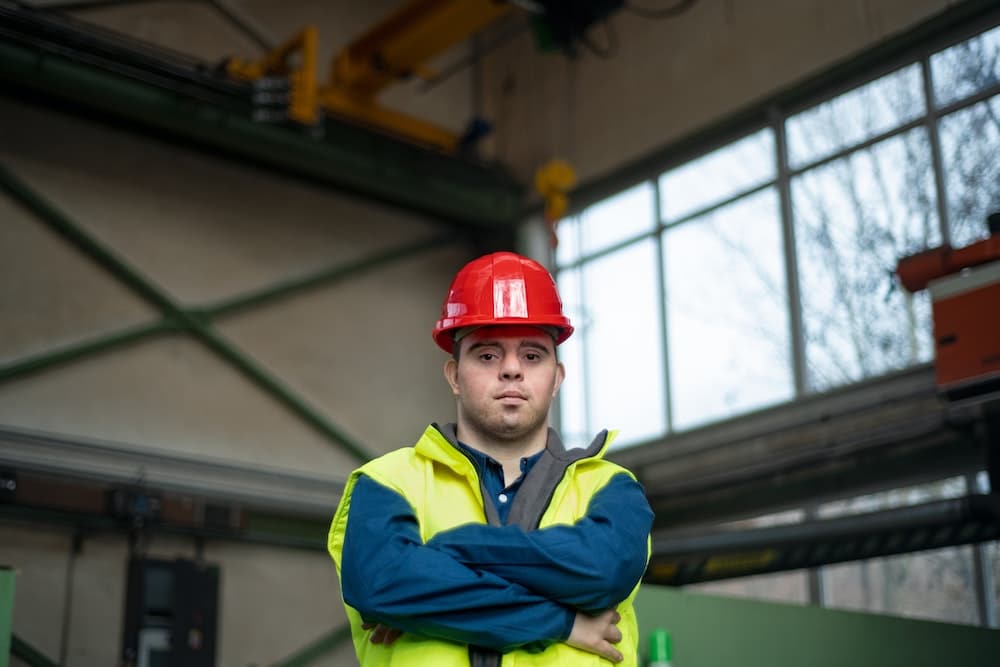What strategies can be used to enhance community and cultural integration in real estate developments?

Enhancing community and cultural integration in real estate developments is a paramount agenda. In an increasingly diverse global society, creating spaces that foster integration and promote diversity is not only morally right but also economically beneficial. Our towns and cities are brimming with a growing diversity that enriches our society, and our real estate developments should reflect this. So how can developers build communities that are inclusive, vibrant, and truly representative of our cultural richness?
Incorporating Local Cultural Elements into Design
Starting with the design phase, developers can make a conscious effort to incorporate local cultural elements into their projects. This can range from architectural designs that reflect local history and heritage, to public spaces that allow for cultural events and gatherings.
Sujet a lire : What are the critical success factors for real estate investments in post-industrial cities?
For example, in an area with a rich musical tradition, a development could incorporate a small amphitheater or performance space. A community with a strong culinary scene could benefit from a public market or food hall that showcases local vendors. In areas where outdoor activities are popular, developers could focus on creating beautiful, accessible green spaces. By doing this, developers not only honor and preserve local cultures but also create a sense of identity and pride among residents.
Fostering Social Interaction Through Community Spaces
Community spaces play a critical role in enhancing community and cultural integration within real estate developments. These spaces provide a platform for residents to interact, engage, and form bonds with one another, leading to stronger and more cohesive communities.
Lire également : How to optimize the layout and design of real estate projects for efficient waste management systems?
Developers can achieve this by dedicating portions of their developments to shared, community-oriented spaces. These could include community gardens, playgrounds, sports facilities, and even co-working spaces. By providing spaces that cater to a range of interests and activities, developers can foster social interaction and encourage residents to get to know their neighbors.
Providing Affordable Housing Options
Affordable housing is a crucial piece of the puzzle in promoting community and cultural integration. It ensures that a broader demographic has access to quality housing in desirable locations, thus promoting a diverse and inclusive community.
Developers can integrate affordable housing into their projects by dedicating a certain percentage of units to below-market-rate housing. They can also explore alternative housing models, such as co-living or micro-apartments, which offer affordable living options while promoting a sense of community.
Affordable housing should not be an afterthought or a box to check off for developers. Instead, it should be a core part of the development strategy, woven seamlessly into the design and planning process.
Encouraging Local Business Participation
Local businesses are often the lifeblood of a community, contributing to its culture and vibrancy. By encouraging local business participation within their developments, real estate developers can promote community integration and foster a strong local economy.
This can be achieved by offering commercial space at discounted rates to local businesses or by partnering with local business associations to host events and activities within the development. Developers could also consider creating a ‘local first’ procurement policy, in which they prioritize local businesses when sourcing goods and services for the development.
Implementing Sustainable and Environmentally Friendly Practices
Sustainability is no longer a trend, but a necessity. In addition to being good for the environment, sustainable practices can also enhance community and cultural integration. They show the community that the developer is invested in the long-term health and well-being of the area and its inhabitants.
Sustainable practices can take many forms, from energy-efficient buildings and the use of sustainable materials, to the creation of green spaces and the inclusion of bike paths and public transportation options. By implementing these practices, developers can create more attractive, healthier, and more inclusive communities.
In conclusion, enhancing community and cultural integration in real estate developments is not a single-step process. It requires thoughtful planning, a deep understanding of the local culture, and a commitment to creating spaces that are inclusive, accessible, and sustainable. By adopting these strategies, real estate developers can create communities that residents are proud to call home.
Prioritizing Collaborative Planning and Decision Making
Real estate developers have a significant role in shaping communities and influencing cultural integration. However, it’s vital to understand that developing truly inclusive and representative spaces is a collaborative process. This means actively involving the local community in the planning and decision-making stages of a project.
Communities are unique, and their needs and wants can significantly vary. Therefore, relying on assumptions or one-size-fits-all solutions can lead to ineffective and disconnected developments. Instead, developers should prioritize listening to the community, understanding their needs, and involving them in the decision-making process. This could be achieved through town hall meetings, online surveys, or one-on-one interviews with community leaders.
When residents feel their voices are being heard and their opinions are being valued, they are more likely to feel a sense of ownership of the development. This fosters a stronger connection between the residents and the development, enhancing community integration and cultural richness.
Utilizing Technology for Virtual Community Building
With the advent of technology, building communities has transcended beyond physical space. The use of digital platforms can greatly enhance community and cultural integration, especially in real estate developments.
Developers can leverage technology to create online platforms that allow residents to interact, share ideas, and form connections. These platforms could be used to share updates about the development, host virtual events, or provide a space for residents to discuss community matters. This fosters a sense of community, even before the physical spaces are fully developed.
Moreover, technology can also be used to bring cultural experiences to life in innovative ways. For example, developers could incorporate augmented reality (AR) or virtual reality (VR) elements into their projects, allowing residents to engage with local history or experience cultural events in a new and immersive way.
Conclusion
Enhancing community and cultural integration in real estate developments is a multifaceted task that requires a number of strategies and a strong commitment from developers. It’s about understanding and respecting the local culture, creating affordable and inclusive spaces, encouraging social interaction, promoting local businesses, implementing sustainable practices, prioritizing collaborative decision making, and leveraging technology to build virtual communities.
While it may seem like a tall order, the benefits are substantial. Not only do these strategies create vibrant, inclusive, and diverse communities, but they also contribute to the economic viability and sustainability of the real estate developments. When handled correctly, these strategies can significantly enhance the quality of life for residents, making real estate developments a place that they are proud to call home.
